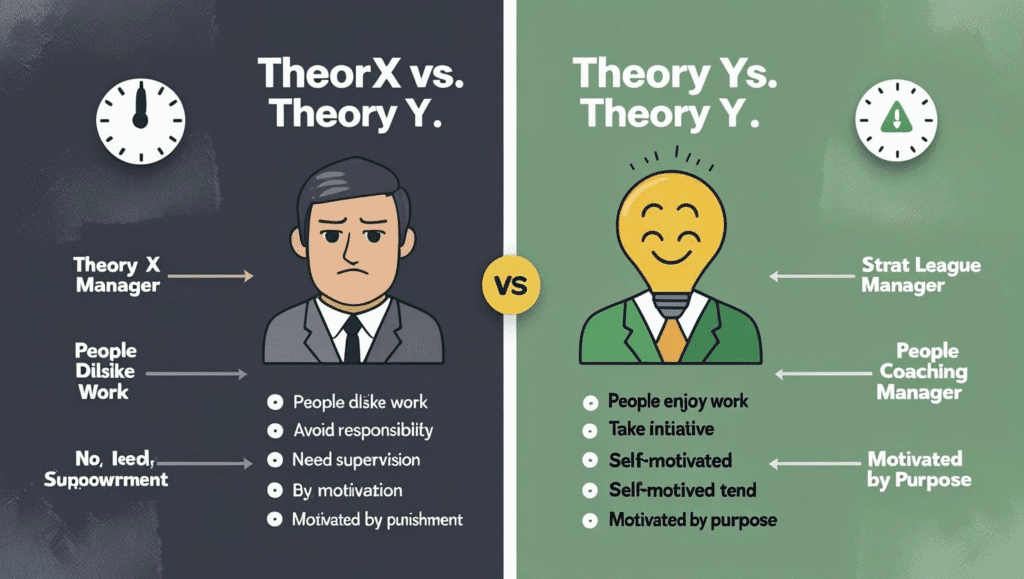The Seven Steps in Human Resource Planning
A Strategic Imperative for Organizational Success
Analyze Organizational Objectives
The Foundation of HRP
Human Resource Planning (HRP) begins with a deep understanding of the organization’s strategic goals. This foundational step ensures that the workforce strategy is not developed in a vacuum but is intricately linked to the company’s mission, vision, and long-term objectives. It involves a thorough review of strategic plans, business goals for different departments, and the overall direction the company intends to take. This analysis helps HR professionals anticipate the skills, competencies, and number of employees required to achieve these future objectives.
Key activities include:
- Reviewing Strategic Plans: Examining the company’s 5-year plan, expansion goals, new product launches, and market penetration strategies.
- Consulting with Leadership: Engaging in discussions with senior management and department heads to understand their specific goals and the human capital needed to meet them.
- Environmental Scanning: Analyzing external factors like economic trends, technological advancements, and regulatory changes that could impact the organization’s objectives and, consequently, its workforce needs.
Inventory of Current Human Resources
Assessing the Current Workforce
Before planning for the future, it’s crucial to know what you have. This step involves a comprehensive audit of the current workforce. It’s more than just a headcount; it’s a detailed analysis of the skills, qualifications, experience, performance levels, and potential of the existing employees. A well-maintained Human Resource Information System (HRIS) is invaluable here, providing the data needed for a thorough assessment.
The inventory should capture:
- Demographics: Age, gender, tenure, and other demographic data to understand workforce composition.
- Skills and Competencies: A detailed skills inventory that catalogs technical skills, soft skills, certifications, and language proficiencies.
- Performance and Potential: Analysis of past performance reviews and assessments of employee potential for future roles and leadership positions.
Forecasting Demand for Human Resources
Anticipating Future Needs
With a clear understanding of organizational goals and the current workforce, the next step is to forecast the future demand for human resources. This involves predicting the number of employees and the types of skills the organization will need to achieve its objectives. Forecasting can be both qualitative and quantitative.
Common forecasting techniques include:
- Trend Analysis: Studying past employment levels to predict future needs.
- Ratio Analysis: Using ratios, such as sales volume to number of employees, to forecast staffing needs based on business forecasts.
- Managerial Judgment: Relying on the expertise of managers to estimate future staffing requirements for their departments (a qualitative method).
- Delphi Technique: A more structured qualitative method involving a panel of experts who make anonymous forecasts, which are then collated and shared for further revision until a consensus is reached.
Estimating the Supply of Human Resources
Projecting Workforce Availability
After forecasting demand, the focus shifts to forecasting the supply of labor. This is a two-part process: estimating the internal supply (from existing employees) and the external supply (from the labor market). Internal supply analysis considers factors like promotions, transfers, and expected attrition (resignations, retirements). External supply analysis looks at the availability of skilled labor in the market, considering economic conditions, unemployment rates, and demographic trends.
Key considerations include:
- Internal Supply: Using tools like succession plans and replacement charts to identify potential internal candidates for future vacancies.
- External Supply: Analyzing labor market reports, university graduate numbers, and competitor workforce trends.
Gap Analysis
Identifying Surpluses and Shortages
This critical step involves comparing the forecasted demand for human resources with the projected supply. The result of this comparison is a gap analysis, which identifies potential surpluses (more employees than needed) or shortages (fewer employees than needed) of staff, both in terms of numbers and skills. For example, a company might find it has a surplus of administrative staff but a critical shortage of data scientists.
The gap analysis provides answers to questions like:
- Which departments will be overstaffed or understaffed?
- What specific skills will be lacking in the future?
- Are there enough internal candidates ready to fill key leadership roles?
Formulating an Action Plan
Bridging the Gaps
Once gaps are identified, HR must develop a strategic action plan to address them. This plan outlines the specific HR initiatives and programs that will be implemented to align the workforce with the organization’s needs. The nature of the plan depends on whether there is a surplus or a shortage.
Strategies for a shortage include:
- Recruitment and Selection: Aggressive hiring from the external market.
- Training and Development: Upskilling or reskilling existing employees to fill new roles.
- Promotions and Transfers: Moving internal talent into areas of need.
Strategies for a surplus include:
- Hiring Freezes: Halting external recruitment.
- Early Retirement Schemes: Offering incentives for early retirement.
- Redeployment: Retraining and moving employees to other parts of the business where there is a need.
Monitoring, Review, and Control
Ensuring Effectiveness
Human Resource Planning is not a one-time event but a continuous process. The final step is to monitor the implementation of the action plan and evaluate its effectiveness. This involves setting clear metrics and KPIs to track progress against the plan. Regular reviews are essential to ensure the HRP stays aligned with the organization’s strategic goals, which may themselves evolve over time. The process must be flexible and adaptable to changes in the business environment.
Key activities in this stage are:
- Tracking KPIs: Monitoring metrics like time-to-fill, cost-per-hire, turnover rates, and the success of training programs.
- Regular Reporting: Providing regular updates to management on the progress of the HRP initiatives.
- Making Adjustments: Modifying the plan as needed based on feedback and changing circumstances to ensure its ongoing relevance and effectiveness.


